The record low turnout for parliamentary elections in Iran, which took place on Friday, is another blow to the regime’s attempts to pretend that all is well in the country. Early reports suggest a turnout of just under 41 percent nationwide. Iranians in their millions have rejected the regime by choosing to stay at home rather than vote.
The elections were never really about the final results (victory is pretty much guaranteed for the motley crew of religious hardliners and social conservatives endorsed by the ruling clerics), but about how many people would actually bother to vote. Turnout matters to the mullahs because the election process exists to give the regime the veneer of democratic legitimacy. That’s why in recent weeks the authorities have been doing everything they can to boost voting numbers. Iran’s supreme leader, Ayatollah Ali Khamenei, has repeatedly urged people to vote, describing it as a national duty. “If the election is weak, all face harm,” he said. His pleas were ignored. The dire voting numbers tell their own story of widespread public anger and declining trust in the country’s rulers.
More than 15,000 candidates were vying for a seat in the 290-member parliament, formally known as the Islamic Consultative Assembly. Anyone who opposes the official line is weeded out. Iran’s Guardian Council — responsible for overseeing elections and legislation — disqualified in advance thousands of pro-reform candidates from running for seats. The Iranian parliament has nominal oversight of the executive branch and votes through laws and treaties but real power resides in Ayatollah Khamenei. The parliament, which has no say over critical issues such as nuclear or foreign policy, is there to rubber-stamp the wishes of the supreme leader. This is evident in its recent focus on laws governing the mandatory hijab or headscarf for women after nationwide protests over the death of Mahsa Amini in police custody. She was arrested for breaching the country’s strict religious dress code. The authorities instituted a brutal crackdown to quell the growing unrest: around 500 people have been killed and more than 22,000 arrested. The parliament, dominated by religious hardliners, responded to the protests by passing draconian new legislation imposing even harsher penalties on women who breach hijab rules. So much for reflecting the wishes of voters.
This is another electoral fix, Iranian-style
The other election that took place on Friday was for members of the country’s eighty-eight-seat Assembly of Experts. This body has the powers to appoint the country’s supreme leader. This is another electoral fix, Iranian-style. Candidates for the assembly are vetted in advance, and only those the regime approves of are allowed to stand. The machinations behind the scenes have taken on added urgency and importance because Ayatollah Khamenei is eighty-four years old and in poor health. It is highly likely that at some point soon members of the assembly will be called upon to choose his successor. Rumors abound that Khamenei wants his son Mojtaba to succeed him in power, an unprecedented and highly controversial move that would set the Islamic republic on the path of dynastic rule. Such is the ruling clique’s paranoia when it comes to maintaining control of the succession process that even the former Iranian president Hassan Rouhani was barred from standing for election to the assembly this time round. No one is safe from suspicion sooner or later.
So, what now? The people of Iran have sent a clear message to their rulers that they’ve had enough of their despotic rule. Many Iranians, in particular the young, believe that voting changes nothing in terms of the systemic corruption, economic mismanagement and brutal repression that are a feature of daily life under the mullahs. There is widespread discontent over the collapsing economy, with inflation at over 30 percent. One in five young people is jobless. Anger and despair are everywhere. The mullahs offer no real answer beyond ever-harsher crackdowns to impose order and maintain their hold on power. The regime prefers to pin the blame for the country’s problems on outside forces, code for the United States and Israel. It is a tired old tune that convinces no one, least of all its own people. After more than four decades of absolute power, the responsibility for Iran’s difficulties lies solely with the mullahs in Tehran. The country’s voters know this as well as anyone. Boycotting elections is the only form of protest left to them under a regime that has crushed all other forms of freedom.
This article was originally published on The Spectator’s UK website.



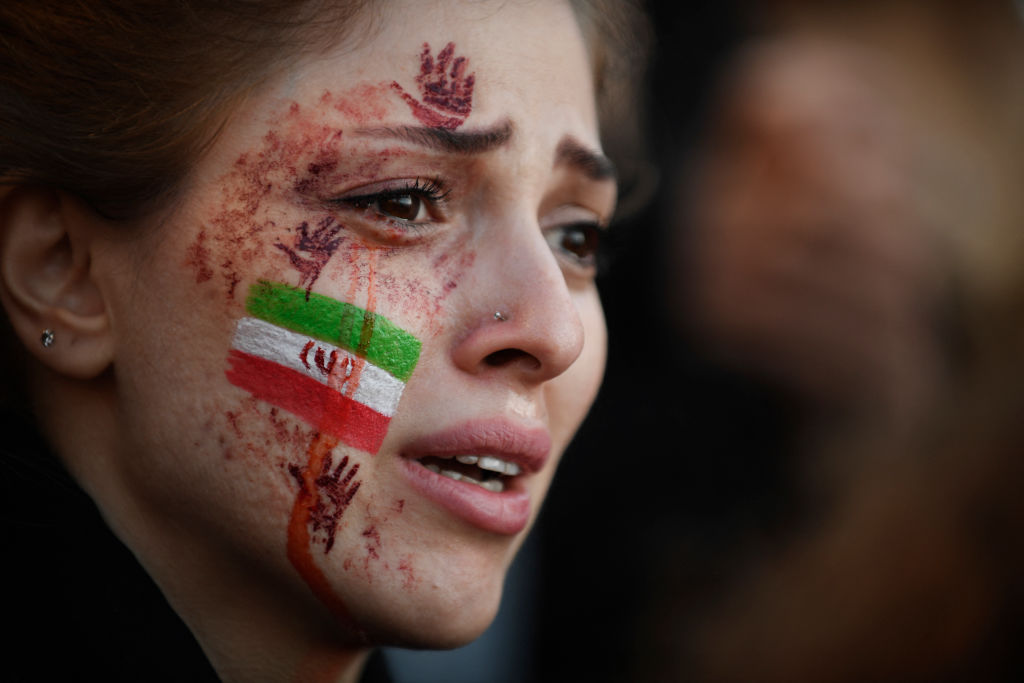








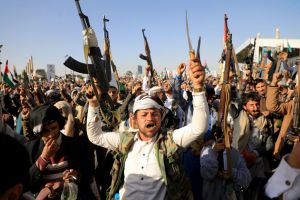

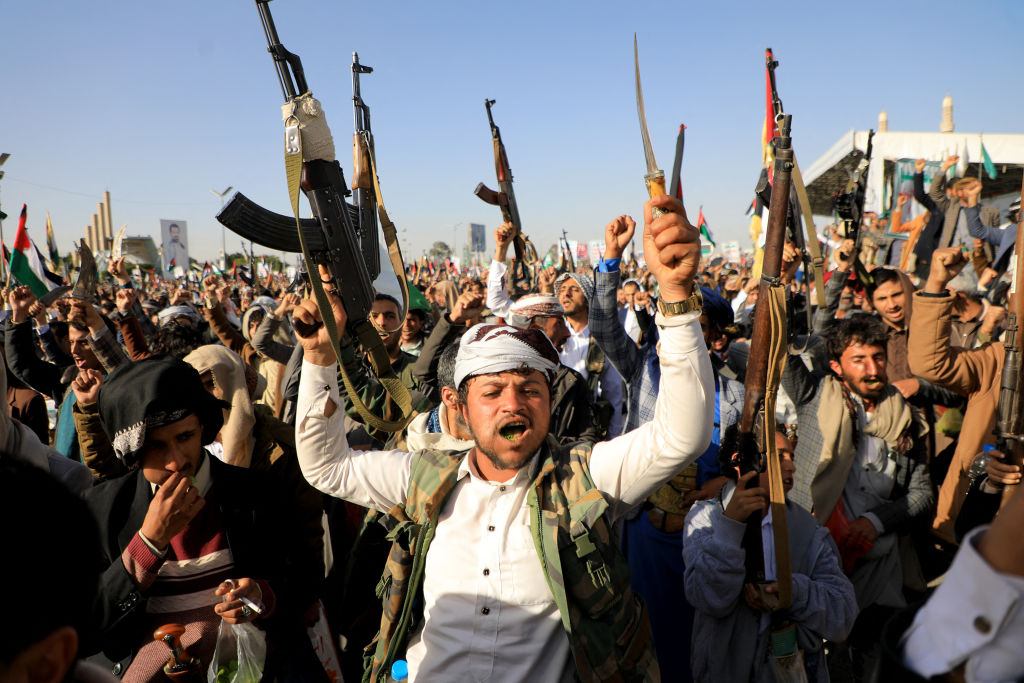
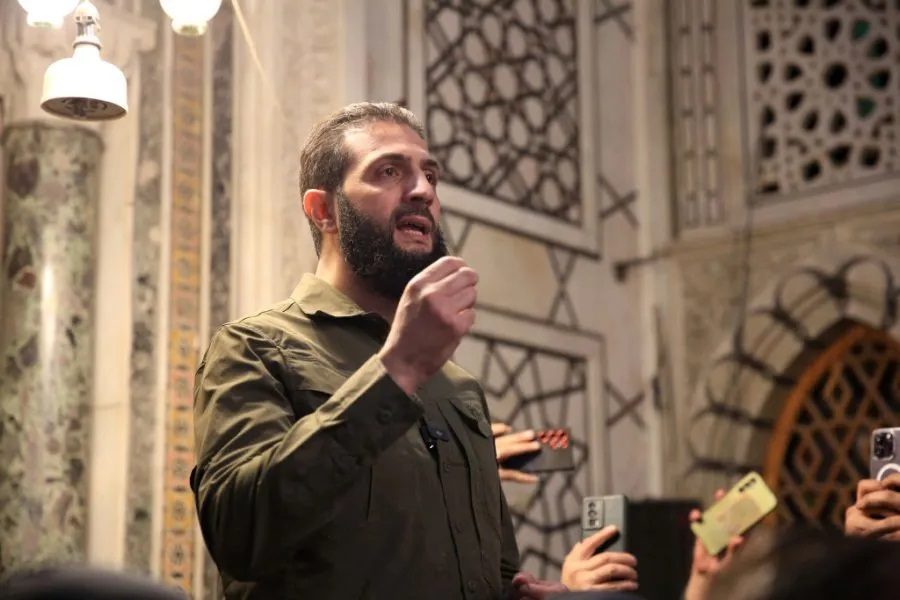
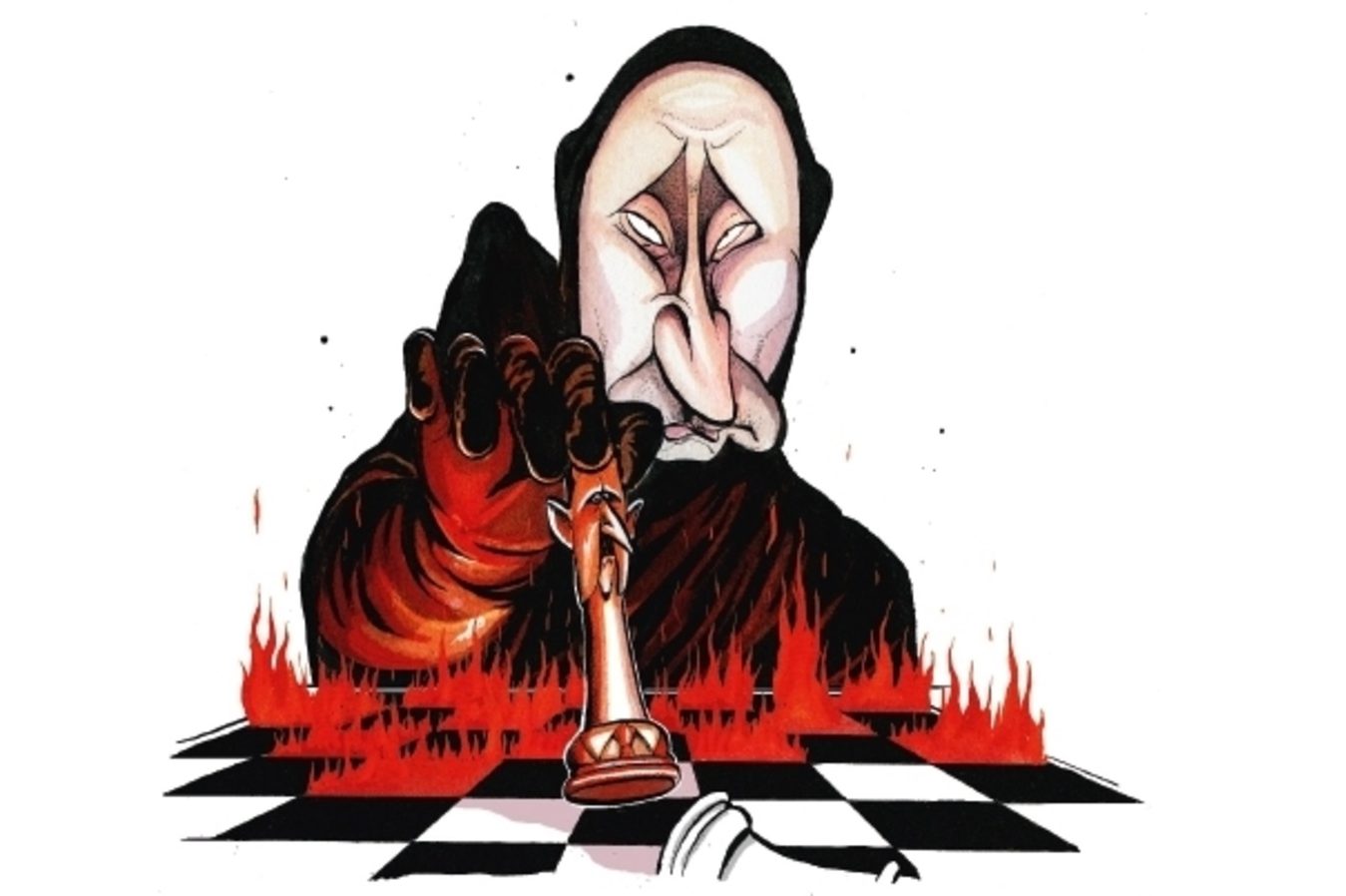
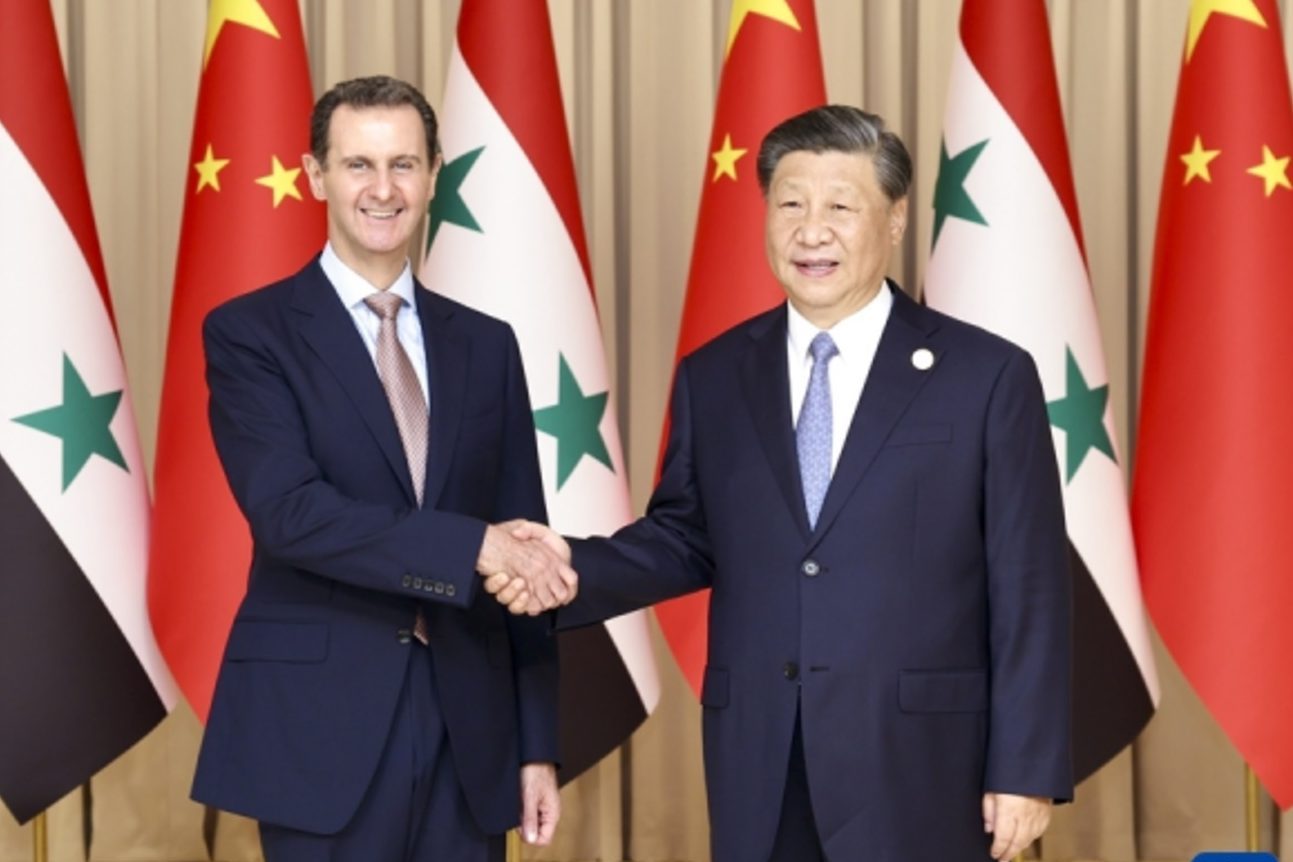
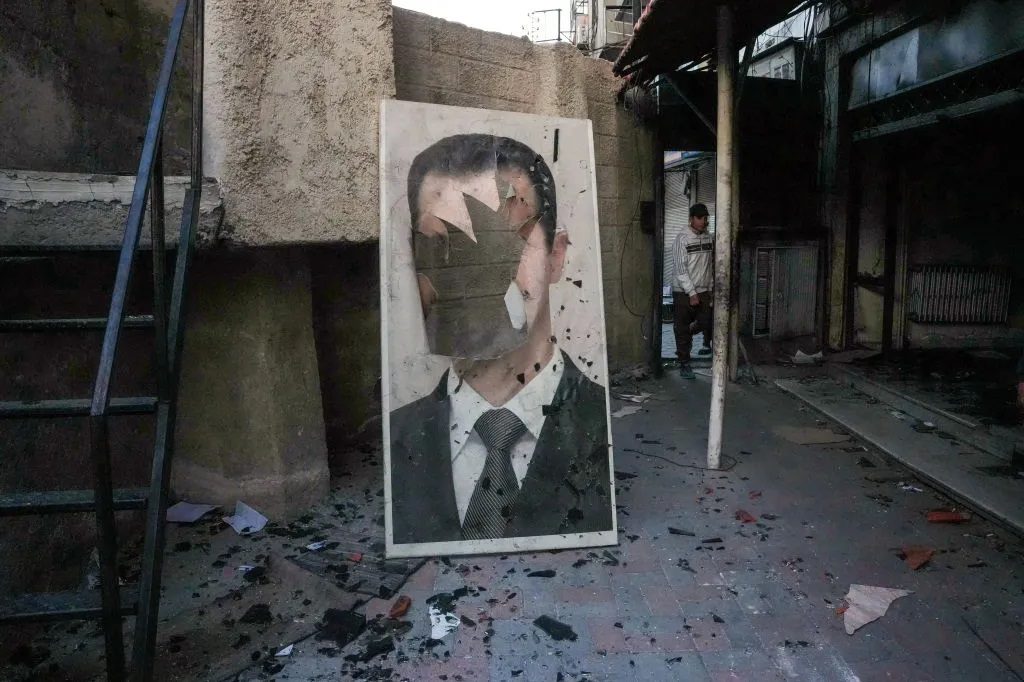







Leave a Reply